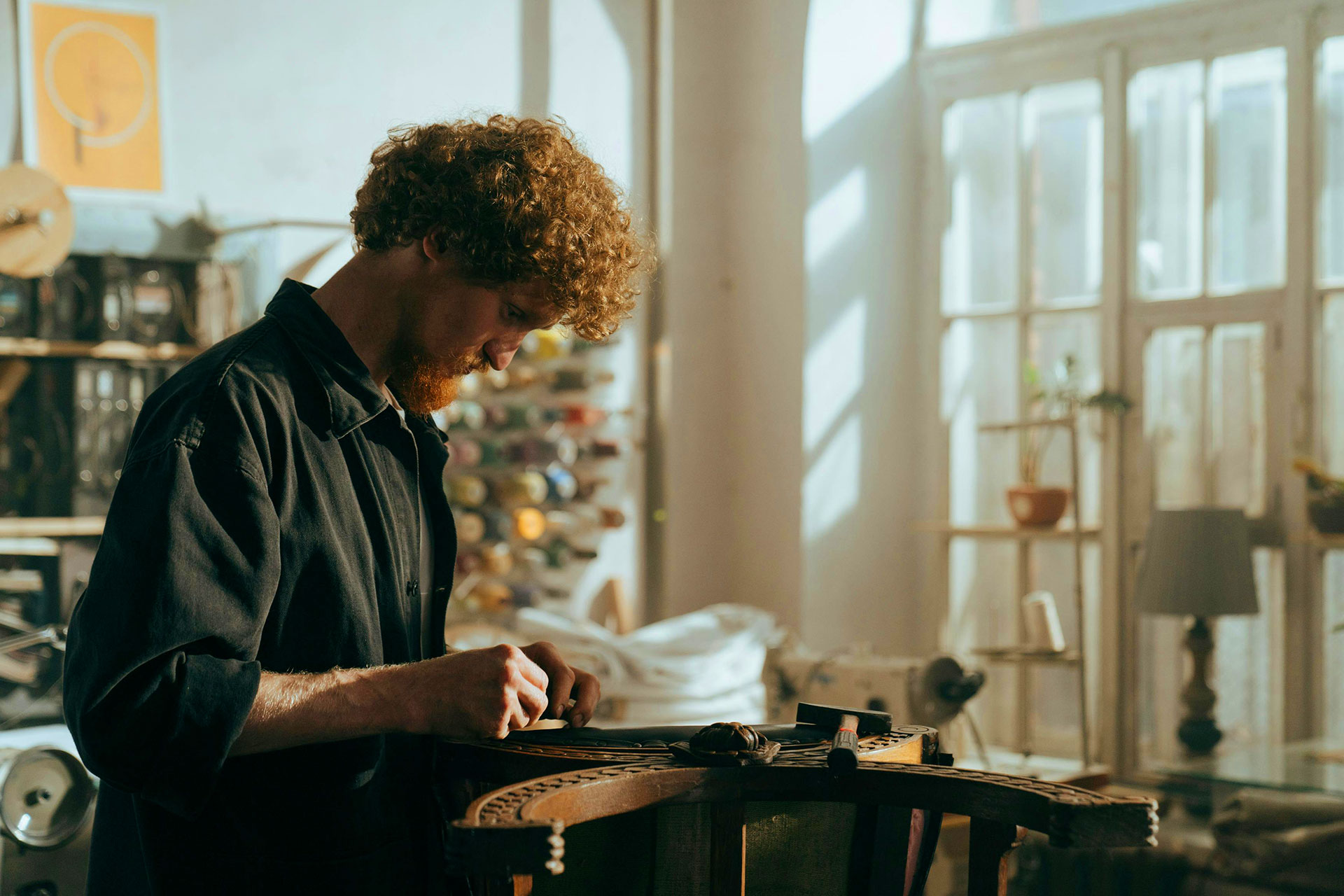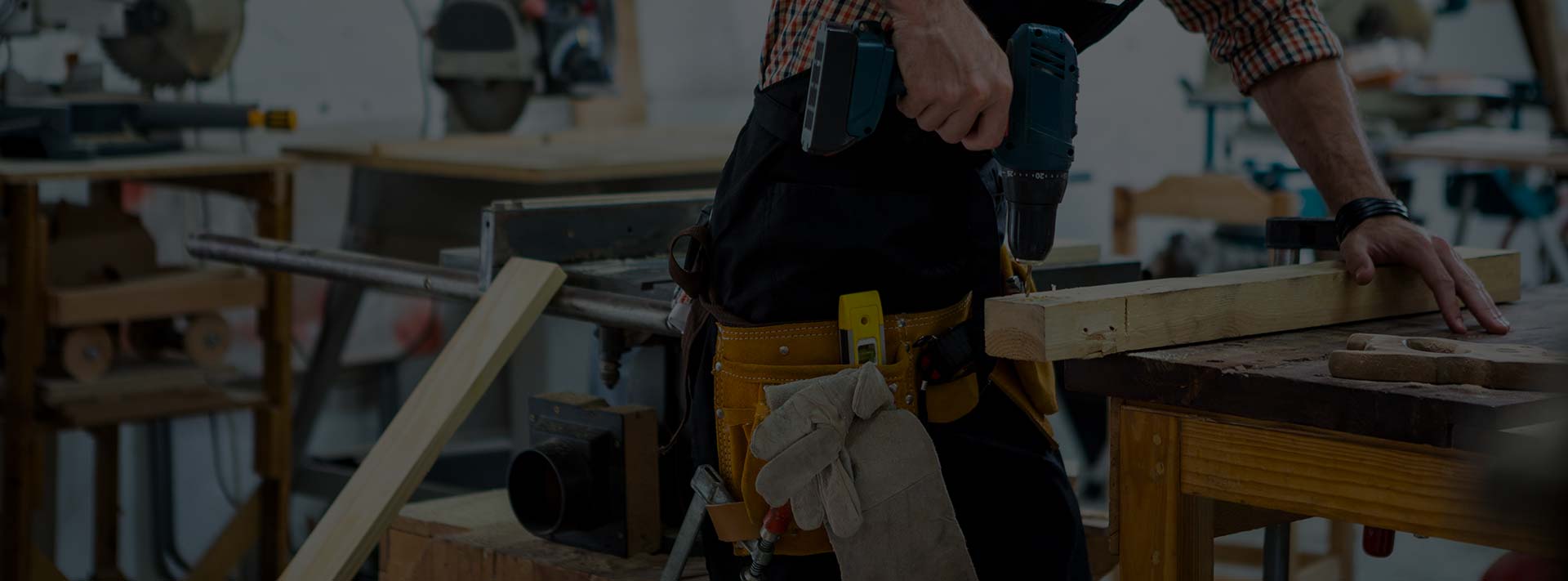
12 Jun Tired of Crooked Seams? Here’s Your Fix
Nothing throws off a good piece of upholstery faster than a crooked seam. You can have the finest fabric, the best frame, and the sharpest tools, but if that seam drifts even slightly, it pulls the whole project down with it.
Straight seams are not about luck or extra hands tugging the fabric just right. They are about technique, tools, and a little bit of old-fashioned patience.
Get Serious About Your Prep
A lot of mistakes happen before the first stitch or staple. Fabric that is not properly measured, cut, or aligned will fight you the whole way.
Start by:
- Measuring twice, cutting once, a cliché, but true for a reason
- Marking clear guide lines with tailor’s chalk or a light fabric pencil
- Keeping fabric square to the frame from the very first tack
Shortcuts here show up later as seams that wander. Preparation is the foundation of precision.
The Tools That Keep You Honest
Even the steadiest hands need backup. Certain tools make it a lot harder for seams to get out of line.
Smart upholsterers rely on:
- Webbing stretchers to maintain consistent tension across the frame
- Magnetic tack hammers for controlled placement without slipping
- Regulator needles to smooth padding and guide seams without shifting the fabric underneath
These are not fancy gadgets. They are quiet tools that do their job and let you focus on yours — keeping those seams tight, even, and exactly where they should be.
Slow Down and Trust the Process
Crooked seams are often a result of rushing. Fabric stretches just a little. Staples go in at slightly different tensions. Before you know it, your perfectly measured fabric looks like it was pulled by two different people with two different ideas.
Slowing down makes all the difference. Pull fabric evenly, tack gently but firmly, and check your lines often as you work. Stepping back every few minutes gives your eyes a fresh angle to catch small shifts before they become big problems.
Conclusion
When a seam runs clean and true, the whole piece feels better. Crisper. Tighter. Professional.
Crooked seams are not a curse. They are a sign you need to pay more attention to the details that matter. Better prep. Better tools. More patience.
Fix those, and suddenly, the seams stop being a frustration; they become the clean lines that pull the whole project together.



